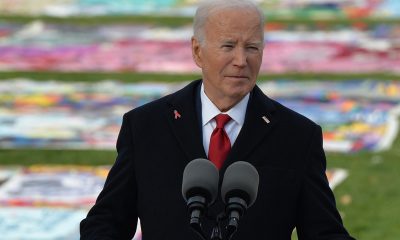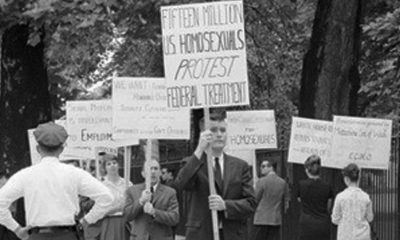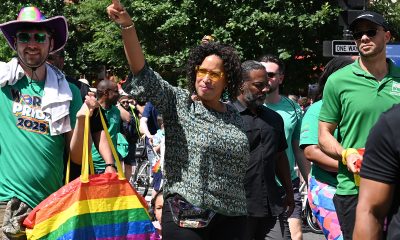Opinions
St. Mark’s Episcopal Church, Capitol Hill: Faith in inclusion
‘Members strive to create a tolerant and open world’
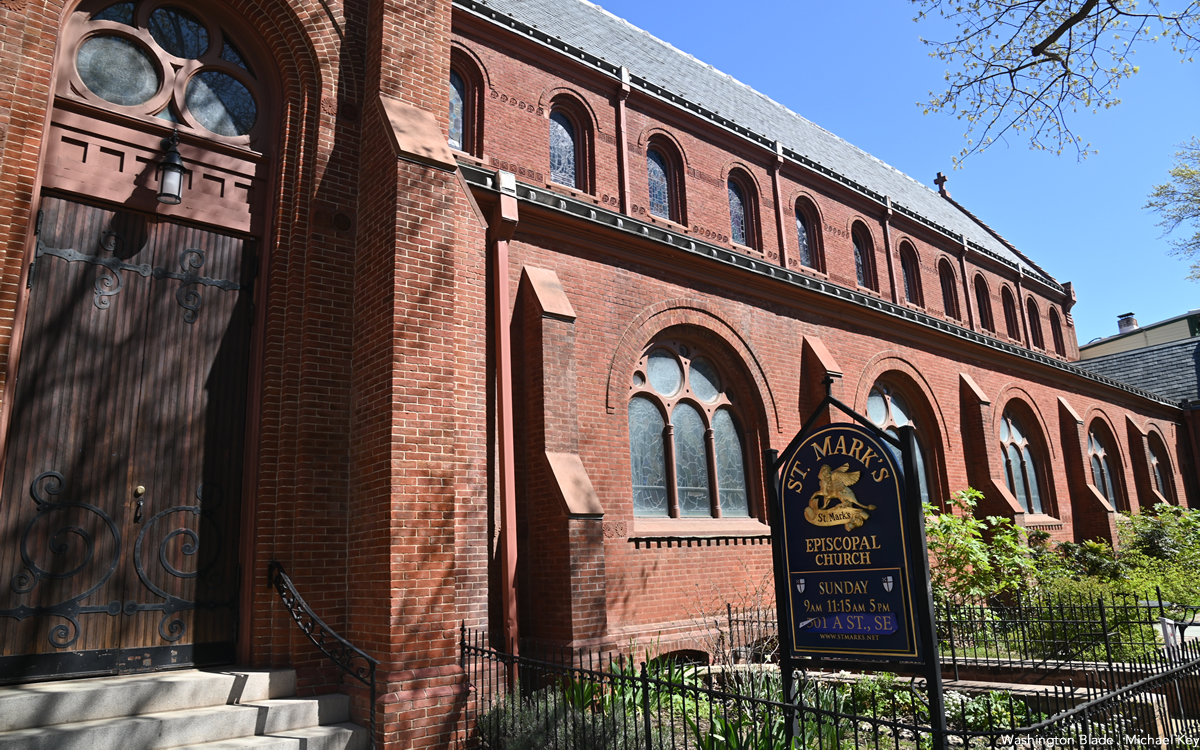
St. Mark’s Episcopal Church (stmarks.net) is the Episcopal Church closest to the United States Capitol building. In the last decade, it is perhaps best known for hosting the annual National Vigil for All Victims of Gun Violence, the most recent of which President Joe Biden and Speaker Nancy Pelosi spoke on Dec. 7.
The church is less well known as a “straight” faith community that has provided a home for LGBTQ people since the late 1980s, when “faith community” often meant “homophobia.” LGBTQ people have always been a minority of members, but have never felt like a minority because being queer is just like being a lawyer: an interesting fact that does not define us. Perhaps the defining characteristic of St. Mark’s is that we live our faith by telling and listening to our stories. Here following are several that illustrate that point.
For example, Keith Krueger started coming to St. Mark’s in the mid-1980s and found a welcoming, mostly straight community. “During the start of the AIDS crisis, St. Mark’s immediately stepped up to support the Episcopal Caring Response to AIDS (ECRA), and the community particularly supported my late partner in me during difficult times…. I stay because it is a community that values questioning and living together as we journey through life. The best part of St. Mark’s are its members who strive to create a tolerant and open world,” Krueger said.
John Lineberger, a long-standing member who recently died, took adult confirmation in 1989 where everyone was invited to be “authentic,” and share their story. He asked the clergy how welcome gays were at the church and told they had held every office of authority, but gay issues were “not talked about.” So, he asked if that meant “you have a place here, but don’t make trouble.”
That question sparked a loud, overheard discussion between the Rector and Associate Rector, and he was then told, “You are absolutely invited to be honest about your life here with us without exception. There is no disconnect between being a member of St. Mark’s and being gay.” John was relieved, and felt like he had been overhearing his parents having an argument. “I liked the people of St. Marks and didn’t want to have to go back to church shopping. I had found home. Maybe it was messy, but it was home,” Lineberger wrote.
Rob Hall’s first Sunday was in 1988 on the 100th anniversary of the church on the invitation of a straight work friend. He was closeted then because he came from a southern tradition and was involved in Democratic politics. He found that “St. Mark’s was the perfect place for me to find my path as a progressive Christian and to help guide me spiritually as I came out while serving on the Vestry (the Church’s governing board) “with the help of great friends, compassionate clergy, and a good therapist.”
One of the clearest signs of queer acceptance came in 1997. Jim Adams had retired and we were in the search/discernment period for our next rector. Interestingly, our Priest-in-Charge during the search was Jim Steen, an openly gay man. The race for Senior Warden (lay leader of the Vestry and Parish) was probably the most consequential election in parish history. One candidate was a pillar of the community and former senior warden who advocated for continuity, including possibly installing as Rector the most recent Associate Rector Susan Gresinger (who had recently departed so she could be considered). Rob was the other and told the community that he favored an open process and wanted to see the work of the search committee. The questions parishioners asked him showed that they realized he represented change. Rob remembers that, “My sexuality was brought up in every single conversation. . . . I would be St. Mark’s first gay senior warden serving with a gay interim priest. Would the community think we were becoming a gay church? Would I take the parish in another direction before a new rector could be installed? At 36, was I too young to take the helm of the parish?”
Rob won and led us through a period of change, including calling an African-American rector, Paul Abernathy, who would serve for the next 17 years (and sometimes included in his sermons that his gay brother had died of AIDS). In 1999, the parish, after a series of meetings, also decided to embrace same-sex unions. At the final meeting, about 80 of us were grouped in tables who talked and then reported to the rest of meeting. What was amazing was that virtually every comment was positive. One parishioner quipped during one of those meetings that “We already decided this issue when we elected Rob.”
Lesbian Belle Elizabeth McCain came to St. Mark’s in 1989. She came at Rob Hall’s invitation and, though she identified as straight, she was naturally welcomed by the gay men in the choir. “We were preparing to go on a tour in England and I came out at the choir retreat. Actually, somebody sort of outed me by saying ‘We hear there is a lesbian soprano.’” She says she has always felt accepted as a lesbian at St. Mark’s. “Jim Adams defended me to my homophobic and fundamentalist brother” telling my brother that “I was a respected member of the church and that I was accepted as a lesbian.”
Years ago, she recalls, LGBTQ members formed the Lavender Lions (now the Lambda Lions). The group continues to meet on a sporadic basis. The parish now has several gay couples who are parenting children, at least two couples engaged and planning weddings.
As for me, I came — and came out —- much later. I was a married “straight” man when my then-wife and I came to St. Mark’s. After a horrible divorce, I finally figured out I am gay in 2001. I don’t really think about being gay at St. Mark’s because there are so many of us in so many roles, including our Rector, Michele Morgan, a married lesbian, and our Seminarian, Joel Martinez, a married gay man. I’m now the church’s treasurer, continuing the tradition of LGBTQ people in church leadership roles.
For more information about St. Marks, visit stmarks.net; a timeline regarding its LGBTQ+ inclusion is at stmarks.net/lgbtq-and-st-marks-history.
Randy Marks is a longtime member of St. Mark’s Episcopal Church, Capitol Hill.
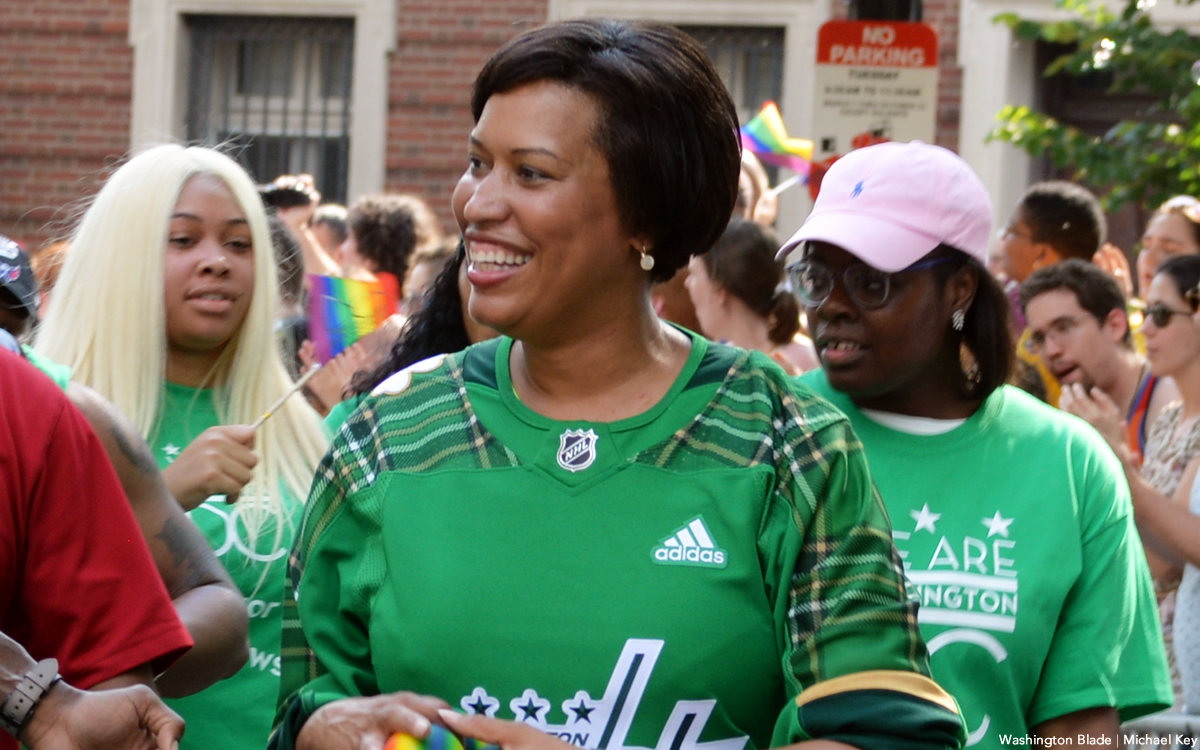
Thank you, Mayor Muriel Bowser, for all you have done for our beautiful city. I am proud to say I have been a supporter of yours since you first announced your run for City Council in Ward 4, when you took some of my suggestions for your first speech. I have known since then what an amazing woman, politician, leader, and now mother, you are. You have moved our city forward in so many ways no one could have anticipated when you were first elected.
You have always proven your mettle, and your ability to rise above the chaos, and done the right thing for all the people of the District. Whether it was during economic uncertainty created by others, the pandemic, the backlash against police after the murder of George Floyd, during the first Trump administration, or the ongoing crisis, continuing today after the felon was elected for a second time. This time, contrary to his first term, he has even more venal people around him. They are acting out their fascist beliefs, and directing him, as he threatens the very basis of home rule. You have stood your ground, and done it with grace and smarts. You managed to work through the budget crisis, and Congress’s attempt to derail all the progress you have made, by not letting us spend a billion dollars of our own money. You have been walking a tightrope, and managing to keep our city from falling into his hands. Not everyone has understood how difficult that has been.
Then you managed to get James Comer (R-Ken.), chair of the House Oversight Committee, to support your efforts to have 180 acres of valuable land, the RFK site, turned over to the District for redevelopment. After that, you achieved your goal of getting the Commanders to agree to move back to D.C.; in the process securing the largest private investment ever for the District, the $3.7 billion the team’s owners agreed to pay to build a new domed stadium. That being only the catalyst for an entire new community with 6,000 units of housing, including affordable housing, a supermarket, hotel, sports complex for students in D.C., parks, nature trails, and more.
While balancing budgets and fighting crime, you have had to deal with the felon in the White House every day. Some accused you of acquiescing to the felon when what you were actually doing was saving our city from the even worse disasters he could visit upon us.
You understood to rebuild the economy Trump and the pandemic worked to destroy, you needed to look at other options. You rightly determined part of what D.C. needed to grow was a sports economy. When Monumental Sports owner Ted Leonsis was trying to move the Capitals and his business out of the District for pure greed; you worked behind the scenes and successfully kept them here. Prior to that you engineered a public/private partnership between the city, and DC United, to get Audi field built.
Then besides sports you have worked with the private sector to begin the work of converting empty office buildings in the downtown area, into apartments, which will generate new needed taxes for the District. You oversaw the reconstruction of the Frederick Douglass Memorial Bridge, and the redevelopment of the South Capitol Street corridor. Along with all this you have overseen the rebuilding of schools, sports fields, recreation centers, and libraries across the city. In the past five years you have added nearly 10,000 affordable housing units in the District, built new shelters for the homeless, and a new hospital in Southeast D.C.
You have fought for fairness and equality for the LGBTQ community. You didn’t just walk in our parades, but worked to make them successful. You added budget money to build a new LGBTQ community center, and money to support WorldPride, while the felon’s policies threatened it in every way. After years of many of us trying to get the city to take responsibility, and fund, the annual High Heel Race, you were the mayor who finally agreed to do it. You have always stood proudly with the LGBTQ community that I am a part of, in large and small ways, both in public and privately.
You now have one more year to serve as mayor, and I can’t wait to see what you will yet accomplish. It will not be an easy time, as we saw the day after you announced you would not run again. You, and we, faced the tragic shooting of the two National Guard members from West Virginia, who walked our streets at the felon’s orders. But I am confident your energy and drive, your smarts, and understanding of people, will allow you to deal with this and won’t let you stop working for us until the minute the next mayor of the District of Columbia is sworn in at noon, Jan. 1, 2027.
It is clear to all of us, that person, he, or she, will have very large shoes to fill. Mayor Bowser, we all owe you a debt of gratitude for all you have done for D.C. I for one look forward to all you will do in the future; in whatever area you choose to work. I know your work is far from done.
Peter Rosenstein is a longtime LGBTQ rights and Democratic Party activist.

Today, on World AIDS Day, we honor the resilience, courage, and dignity of people living with HIV everywhere especially refugees, asylum seekers, and queer displaced communities across East Africa and the world.
For many, living with HIV is not just a health journey it is a journey of navigating stigma, borders, laws, discrimination, and survival.
Yet even in the face of displacement, uncertainty, and exclusion, queer people living with HIV continue to rise, thrive, advocate, and build community against all odds.
To every displaced person living with HIV:
• Your strength inspires us.
• Your story matters.
• You are worthy of safety, compassion, and the full right to health.
• You deserve a world where borders do not determine access to treatment, where identity does not determine dignity, and where your existence is celebrated not criminalized.
Let today be a reminder that:
• HIV is not a crime.
• Queer identity is not a crime.
• Seeking safety is not a crime.
• Stigma has no place in our communities.
• Access to treatment, care, and protection is a human right.
As we reflect, we must recommit ourselves to building systems that protect not punish displaced queer people living with HIV. We must amplify their voices, invest in inclusive healthcare, and fight the inequalities that fuel vulnerability.
Hope is stronger when we build it together.
Let’s continue to uplift, empower, and walk alongside those whose journeys are too often unheard.
Today we remember.
Today we stand together.
Today we renew hope.
Abraham Junior lives in the Gorom Refugee Settlement in South Sudan.
Commentary
Perfection is a lie and vulnerability is the new strength
Rebuilding life and business after profound struggles
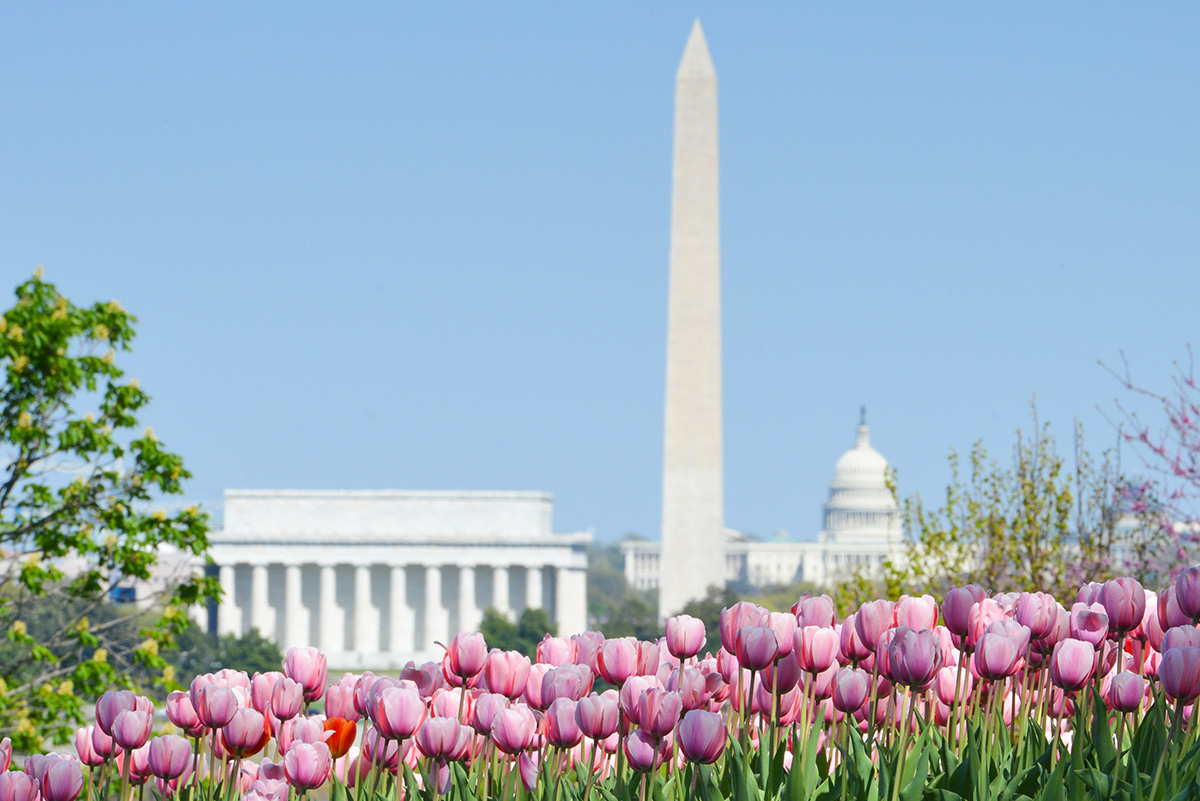
I grew up an overweight, gay Black boy in West Baltimore, so I know what it feels like not to fit into a world that was not really made for you. When I was 18, my mother passed from congestive heart failure, and fitness became a sanctuary for my mental health rather than just a place to build my body. That is the line I open most speeches with when people ask who I am and why I started SWEAT DC.
The truth is that little boy never really left me.
Even now, at 42 years old, standing 6 feet 3 inches and 225 pounds as a fitness business owner, I still carry the fears, judgments, and insecurities of that broken kid. Many of us do. We grow into new seasons of life, but the messages we absorbed when we were young linger and shape the stories we tell ourselves. My lack of confidence growing up pushed me to chase perfection as I aged. So, of course, I ended up in Washington, D.C., which I lovingly call the most perfection obsessed city in the world.
Chances are that if you are reading this, you feel some of that too.
D.C. is a place where your resume walks through the door before you do, where degrees, salaries, and the perfect body feel like unspoken expectations. In the age of social media, the pressure is even louder. We are all scrolling through each other’s highlight reels, comparing our behind the scenes to someone else’s curated moment. And I am not above it. I have posted the perfect photo with the inspirational “God did it again” caption when I am feeling great and then gone completely quiet when life feels heavy. I am guilty of loving being the strong friend while hating to admit that sometimes I am the friend who needs support.
We are all caught in a system that teaches us perfection or nothing at all. But what I know for sure now is this: Perfection is a lie and vulnerability is the new strength.
When I first stepped into leadership, trying to be the perfect CEO, I found Brené Brown’s book, “Daring Greatly” and immediately grabbed onto the idea that vulnerability is strength. I wanted to create a community at SWEAT where people felt safe enough to be real. Staff, members, partners, everyone. “Welcome Home” became our motto for a reason. Our mission is to create a world where everyone feels confident in their skin.
But in my effort to build that world for others, I forgot to build it for myself.
Since launching SWEAT as a pop up fundraiser in 2015, opening our first brick and mortar in 2017, surviving COVID, reemerging and scaling, and now preparing to open our fifth location in Shaw in February 2026, life has been full. Along the way, I went from having a tight trainer six pack to gaining nearly 50 pounds as a stressed out entrepreneur. I lost my father. I underwent hip replacement surgery. I left a relationship that looked fine on paper but was not right. I took on extra jobs to keep the business alive. I battled alcoholism. I faced depression and loneliness. There are more stories than I can fit in one piece.
But the hardest battle was the one in my head. I judged myself for not having the body I once had. I asked myself how I could lead a fitness company if I was not in perfect shape. I asked myself how I could be a gay man in this city and not look the way I used to.
Then came the healing.
A fraternity brother said to me on the phone, “G, you have to forgive yourself.” It stopped me in my tracks. I had never considered forgiving myself. I only knew how to push harder, chase more, and hide the cracks. When we hung up, I cried. That moment opened something in me. I realized I had not neglected my body. I had held my life and my business together the best way I knew how through unimaginable seasons.
I stopped shaming myself for not looking like my past. I started honoring the new ways I had proven I was strong.
So here is what I want to offer anyone who is in that dark space now. Give yourself the same grace you give everyone else. Love yourself through every phase, not just the shiny ones. Recognize growth even when growth simply means you are still here.
When I created SWEAT, I hoped to build a home where people felt worthy just as they are, mostly because I needed that home too. My mission now is to carry that message beyond our walls and into the city I love. To build a STRONGER DC.
Because strength is not perfection. Strength is learning to love an imperfect you.
With love and gratitude, Coach G.
Gerard Burley, also known as Coach G, is a D.C.-based fitness entrepreneur.
-

 The White House1 day ago
The White House1 day ago‘Lavender Scare 2.0’: inside the White House’s campaign against LGBTQ federal employees
-

 District of Columbia3 days ago
District of Columbia3 days agoHIV/AIDS activists block intersection near White House
-

 Movies4 days ago
Movies4 days agoHoliday movie season off to a ‘Wicked’ good start
-

 District of Columbia1 day ago
District of Columbia1 day agoActivists praise Mayor Bowser’s impact on city, LGBTQ community

